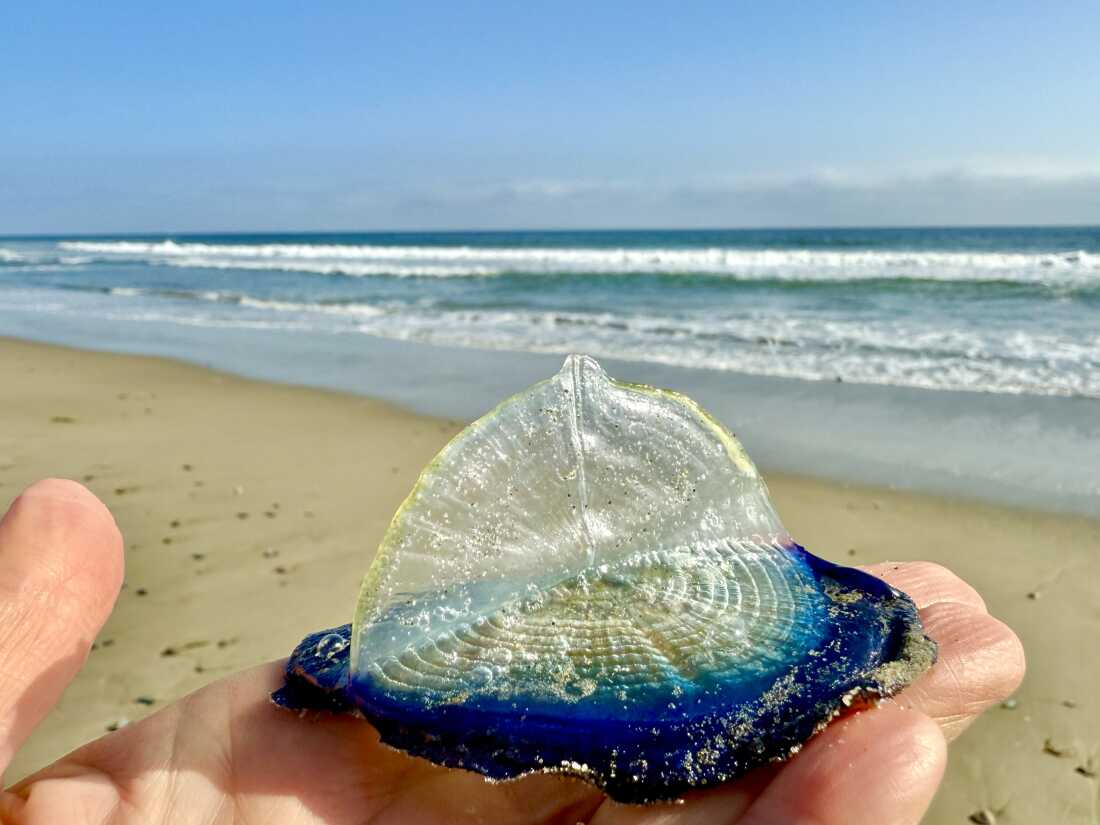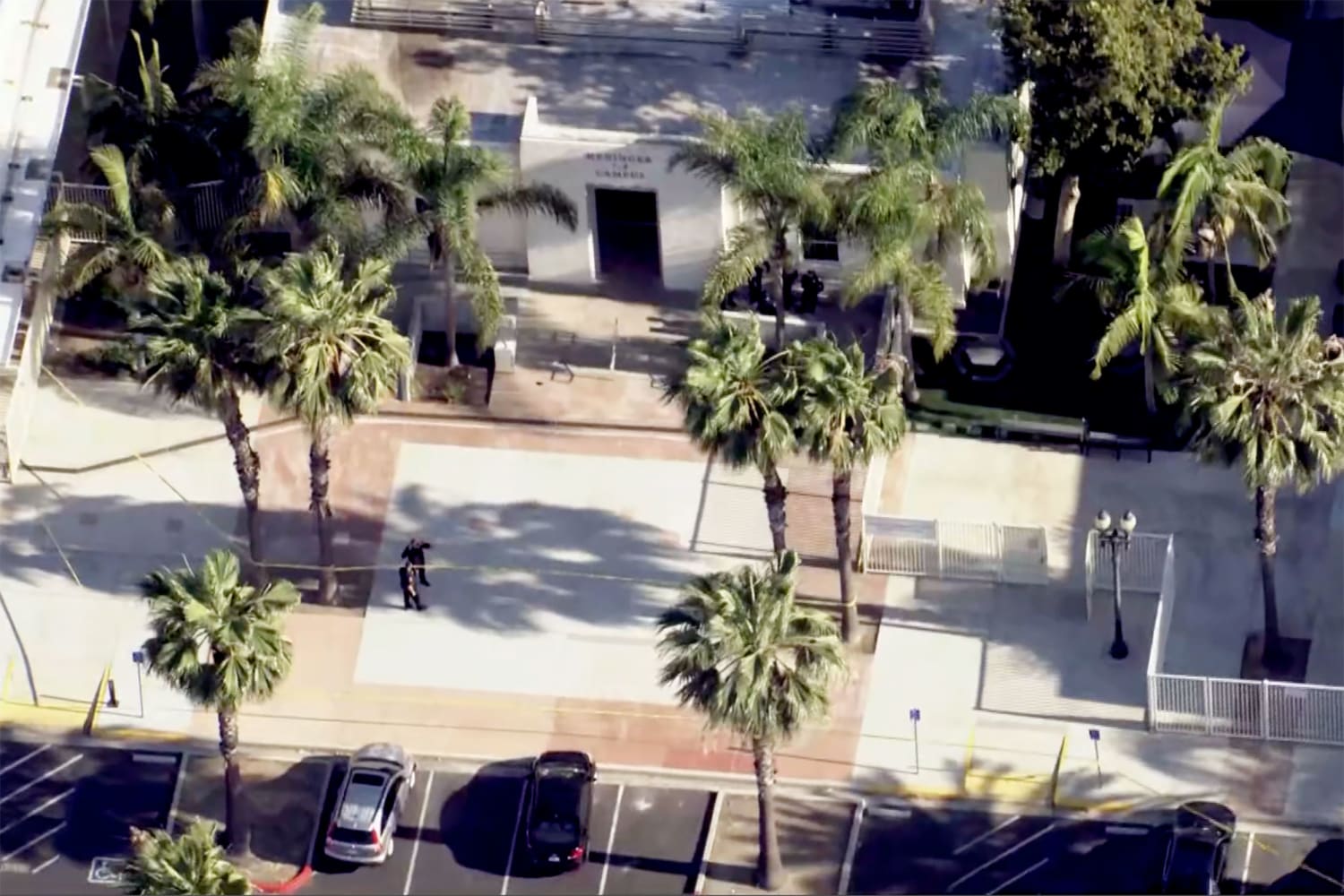Executive Summary
- Scientists have discovered new species of bacteria, including Candidatus Electrothrix yaqonensis, that conduct electricity through unique structural and metabolic mechanisms.
- These bacteria transfer electrons to external surfaces, generating energy in oxygen-deprived environments, which has potential applications in bioelectronics and bioremediation.
- The electricity-producing capabilities of these microbes could lead to advancements in wastewater treatment, environmental monitoring, and the development of sustainable technologies and bio-sensors.
Event Overview
Recent research has illuminated the remarkable ability of certain bacteria to generate and conduct electricity. These microbes employ unique mechanisms to transfer electrons, allowing them to thrive in environments with limited or no oxygen. This discovery is reshaping our understanding of microbial metabolism and opening new avenues for biotechnological applications, ranging from bioelectronics to environmental remediation. Key species like Shewanella, Geobacter, and the newly discovered Candidatus Electrothrix yaqonensis are at the forefront of this research.
Media Coverage Comparison
| Source | Key Angle / Focus | Unique Details Mentioned | Tone |
|---|---|---|---|
| Earth.com | General overview of electricity-producing bacteria and their potential applications. | Mentions the use of naphthoquinone to transfer electrons, potential in wastewater treatment, biomanufacturing, and environmental monitoring. Emphasizes the role of these bacteria in balancing electron flow in industrial processes. | Optimistic and informative, highlighting potential benefits. |
| ScienceAlert | Discovery of Candidatus Electrothrix yaqonensis, a new species of cable bacteria that conducts electricity. | Details the bacterium's discovery location, unique metabolic potential, distinctive structural features (pronounced surface ridges with nickel-based molecules), and genetic similarities to other cable bacteria genera. | Scientific and factual, focusing on the specifics of the discovery. |
| WIRED | In-depth analysis of Candidatus Electrothrix yaqonensis, including its structure, electrical conductivity, and genetic mosaicism. | Describes the bacterium's thick, transparent sheath, high electrical conductivity, unique cytochrome structure, and adaptation to saline environments. Highlights its potential for use in biodegradable electronic devices and biosensors. | Detailed and analytical, providing a comprehensive understanding of the new species. |
Key Details & Data Points
- What: Discovery and analysis of electricity-producing and conducting bacteria, focusing on their mechanisms for electron transfer and potential applications.
- Who: Caroline Ajo-Franklin (Rice University), Biki Bapi Kundu (Rice doctoral student), Cheng Li (Oregon State University and James Madison University), Anwar Hiralal (University of Antwerp), researchers at Oregon State University and the University of Antwerp.
- When: Recent discoveries, with specific research published in the journal Cell and Applied and Environmental Microbiology, and ScienceAlert article published on May 8, 2025.
- Where: Research conducted at Rice University, Oregon State University, and the University of Antwerp. Candidatus Electrothrix yaqonensis was discovered in the mudflats of the Oregon coast (Yaquina Bay).
Key Statistics:
- Electrical resistance of Candidatus Electrothrix yaqonensis: approximately 370 kilo-ohms (equal to or better than known cable bacteria)
- Thickness of ridges on Candidatus Electrothrix yaqonensis: average of 228 nanometers (up to three times thicker than previously known species)
- Length of filaments formed by cable bacteria: several centimeters (facilitating long-distance electron transport)
Analysis & Context
The discovery of electricity-producing and conducting bacteria is significant because it expands our understanding of microbial metabolism and its potential applications. Candidatus Electrothrix yaqonensis, with its unique structural features and genetic mosaicism, represents a bridge between different cable bacteria genera, offering insights into their evolution and adaptation. The ability of these bacteria to efficiently transfer electrons over long distances and in oxygen-deprived environments makes them valuable for bioelectronics, bioremediation, and sustainable technology. Further research into their mechanisms and self-assembling processes could lead to innovative solutions for energy production, pollution control, and environmental monitoring.
Notable Quotes
This newly discovered mechanism of respiration is a simple and ingenious way to get the job done.
Our research not only solves a long-standing scientific mystery, but it also points to a new and potentially widespread survival strategy in nature.
This new species seems to be a bridge, an early branch within the Ca. Electrothrix clade, which suggests it could provide new insights into how these bacteria evolved and how they might function in different environments.
Conclusion
The exploration of electricity-producing and conducting bacteria is an exciting frontier in microbiology. The discovery of Candidatus Electrothrix yaqonensis and its unique characteristics highlights the diversity and adaptability of these microbes. Their potential applications in bioelectronics, environmental remediation, and sustainable technology are significant, and ongoing research promises to unlock further insights into their mechanisms and optimize their use in various industrial and environmental contexts. The current focus is on scaling up these systems and gathering more data to realize their full potential.
Disclaimer: This article was generated by an AI system that synthesizes information from multiple news sources. While efforts are made to ensure accuracy and objectivity, reporting nuances, potential biases, or errors from original sources may be reflected. The information presented here is for informational purposes and should be verified with primary sources, especially for critical decisions.









